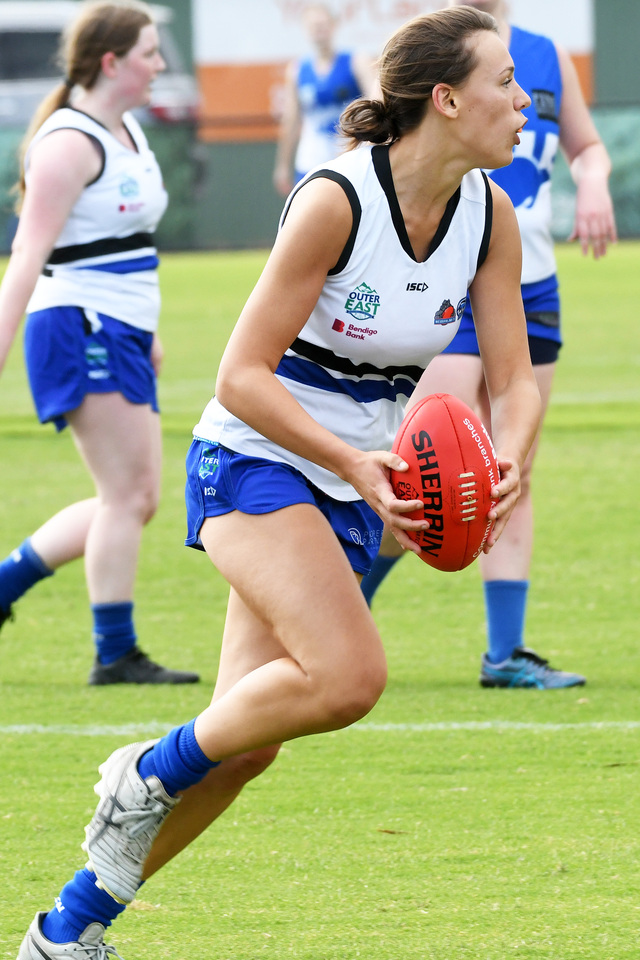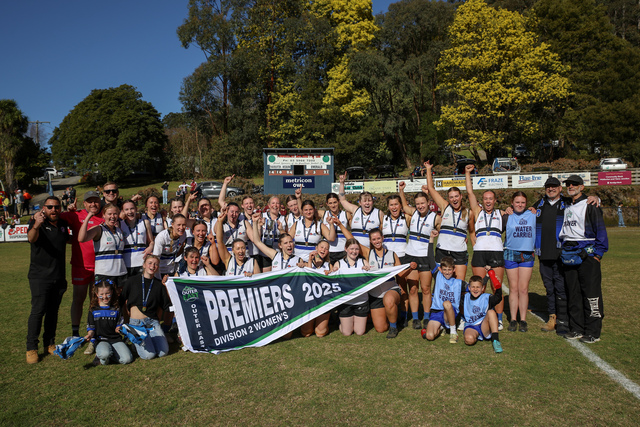By Mara Sowden-Pattison
A MYSTERY pollution on a backyard pond has left a Three Bridges retiree floundering.
Brian Green’s backyard pond has been covered in “disgusting soapy stuff” for two months but he can’t find out what it is, where it came from, or how to get rid of it.
He is becoming increasingly frustrated as each authority passes him on to another because they are unable or unwilling to answer his questions.
“Everybody is up in arms about pollution these days and yet they won’t do anything,” he said.
“It’s completely strange when you’re trying to do the right thing and getting that attitude.”
Mr Green said he had debated whether to open his property to visitors for the open garden weekend, after “disgusting surface contamination” appeared on the garden’s pond.
“We cleared it away that morning but it returned a short time later,” he said.
“One visitor described it as untreated household waste with traces of cooking oil and recommended referring it to the Environment Protection Agency.”
Mr Green said the pond was filled by water from a spring that originated on the property, which then flowed into Hackett Creek, a tributary of the Little Yarra River.
“When the visitor said it was untreated waste I thought it should be looked into,” he said. “We were concerned about it being pollution so we raised the matter for investigation.
“Apart from it being unsightly we just want to know how to get rid of it.”
Mr Green began with the council which said it was the responsibility of the water authority, which then took several calls to determine that Melbourne Water was the responsible authority.
In the meantime an EPA officer investigated the property and sampled the pond scum, with lab results confirming the presence of “natural biological activity” such as algae.
EPA spokeswoman Tanya O’Shea said the samples didn’t contain soaps or oils, and did not smell.
She said the officer put a fluorescent dye into the septic tank on the property that confirmed there was no leak or cross connection between the septic tank and the pond.
Mr Green said Melbourne Water also confirmed the pond water was non-toxic.
“He (the investigating officer) said he had no idea as to what it was, dipped a tree branch into it and smelt it,” Mr Green said.
“He stated it was not toxic due to both the smell and the fact that frogs and tadpoles were living in the pond.
“I asked him about getting it tested but he said it wasn’t necessary and left.”
Melbourne Water waterways manager Steve Hosking confirmed that a water sample was most likely needed to determine the source of the pollution, but said that Melbourne Water was not responsible for the health of private dams and ponds on private land.
“Based on a visual inspection of the pond, we don’t believe there are any major pollution issues with the water,” he said.
“The surface material appears to be organic and may be caused by the surrounding vegetation, however a water quality test would be needed to properly identify the substance and determine its impact, if any, on water quality.
“As this is a private pond on a private property, the cost of any water quality tests would need to be met by the landholder.”
Mr Green said the ‘investigations’ had left him with more questions, rather than less. “The EPA said it was organic – what does that mean? Is it dangerous?”
“(While Melbourne Water) said the cost of fully testing the composition of the pollution was around $3000, but he didn’t say who would have to pay – he left as if it wasn’t an option.”
“It’s looking incredibly terrible at the moment and all I want to do is find out what it is, if it’s a problem and what can be done about it.”
Mr Green said that to him, the end result was the shire was not interested, the EPA was not concerned with organic pollution and Melbourne Water was concerned about the cost of testing.
“As the pond area is relatively small and Hackett Creek is a very small stream, one might dare suggest that, does it warrant spending the money by the authorities on a full examination?” he said
Mystery scum- Brian Green is concerned at the unsightly pollution on his pond. 74891
Digital Editions
-

Bike park opening a highlight of Star Mail’s sports coverage
2025 was a big year for mountain bikers with the Warburton Bike Park opening on Saturday 19 July. Over the opening weekend a total of…






